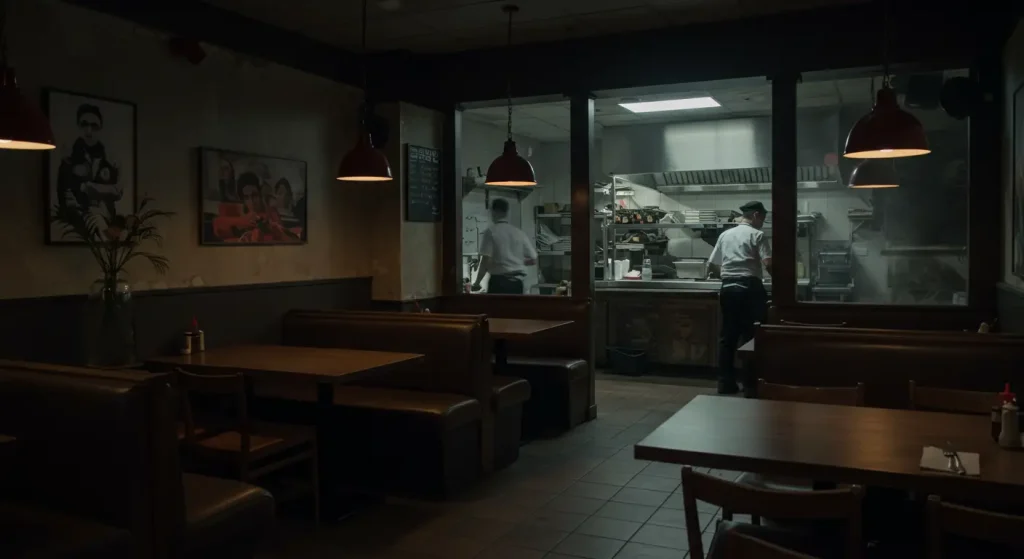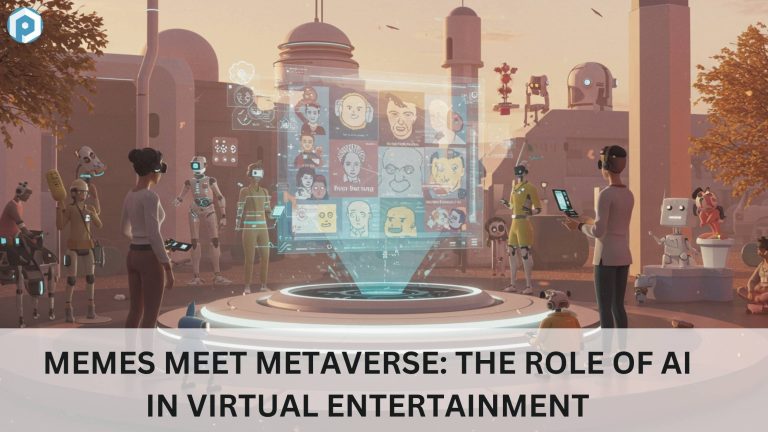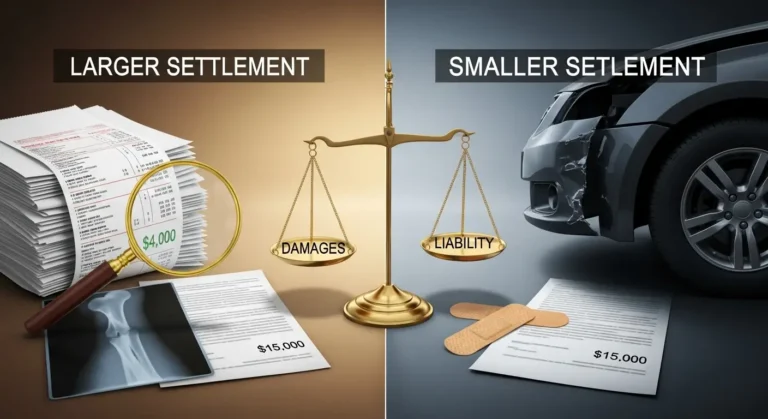When running a restaurant, every aspect of the dining experience plays a crucial role in shaping customer perceptions, from the quality of food to the overall atmosphere. While much of the focus often falls on food and service, one of the most overlooked aspects is the restaurant’s physical design. Poor design, whether it’s the layout, seating, or restroom infrastructure, can result in hidden costs that affect not only customer satisfaction but also operational efficiency and even legal standing.

A restaurant’s design is more than just aesthetic. It can have far-reaching impacts on your reputation, revenue, and the smooth running of day-to-day operations. This article examines how poor design can result in customer complaints, financial losses, and even legal issues. It also highlights the importance of thoughtful, well-executed design decisions, including in areas such as restroom layout and the installation of commercial bathroom partitions for restaurants, which contribute to a safer and more comfortable dining environment.
The Impact of Design on Customer Experience
The customer experience begins the moment a guest walks through the door, and the design plays a significant role in shaping that first impression. The layout, seating arrangement, and overall ambiance influence how comfortable and welcomed a customer feels. A restaurant that is poorly designed, whether in terms of its seating or customer flow, can quickly lead to dissatisfaction, long wait times, or discomfort.
When customers find themselves struggling to navigate through overcrowded dining areas or waiting too long because of inefficient seating arrangements, it can severely tarnish their experience. Similarly, a poorly designed kitchen or service area might lead to delays, ultimately diminishing service quality and customer satisfaction. Thoughtful design, however, can ensure smooth transitions between spaces, from the entryway to the dining table, and keep things running efficiently. It also plays a role in maximizing the space for optimal comfort, encouraging customers to stay longer and order more.
The Role of Aesthetic Appeal in Branding
Beyond simple functionality, a restaurant’s design is fundamental to its brand identity. Each interior element—furniture, lighting, color schemes, and layout—is vital in conveying the establishment’s distinct character. A unified design, reflecting the restaurant’s ethos or dining concept, helps patrons anticipate the experience, be it a comfortable, informal diner or a sophisticated fine dining setting.
For instance, a trendy restaurant might feature contemporary furnishings and bright colors, while a more formal restaurant may opt for classic decor, plush seating, and subdued tones. This visual representation reinforces the restaurant’s promise and creates a unique dining experience. However, a mismatched or poorly executed design could leave customers confused about the restaurant’s concept, leading to dissatisfaction and negative perceptions.
The aesthetic appeal of a restaurant doesn’t just attract customers; it also enhances their overall dining experience. A thoughtfully designed restaurant makes a lasting impression, which is crucial in an industry where word of mouth and online reviews are powerful marketing tools.
Operational Inefficiencies and Their Hidden Costs
Restaurant design isn’t just about aesthetics; it’s about operational efficiency. An inefficient layout can result in a series of problems that increase labor costs, reduce productivity, and affect service speed. For example, kitchens located far from the dining area can delay food delivery, while poor placement of the bar can obstruct the flow of customers and staff.
Inefficiencies stemming from poor design create a ripple effect, impacting both customers and staff. Employees face frustration and wasted time due to cramped spaces or misplaced equipment, which contributes to higher turnover rates and the associated costs of retraining. Similarly, customers experience decreased satisfaction, leading to lost revenue and increased complaints, as a result of errors and delays in service caused by inefficient layouts, such as missed orders. Technology such as AI can be easily used to assess and remedy these problems.
By improving the design, restaurants can streamline their operations, reduce unnecessary movement, and create more pleasant environments for both customers and staff. A well-designed kitchen, for example, allows chefs and waitstaff to work more efficiently, minimizing wait times and maximizing service quality.
Legal Issues and Compliance Risks
A restaurant’s design also needs to meet various legal requirements, from health codes to accessibility standards. Health and safety regulations ensure that restaurants operate in a way that protects customers and employees. For instance, the Americans with Disabilities Act (ADA) mandates that restaurants must be accessible to people with disabilities, meaning design elements like door widths, seating arrangements, and restroom facilities must meet specific guidelines. Non-compliance with these regulations may result in legal repercussions, monetary penalties, or mandatory shutdowns.
For example, if a restaurant fails to install commercial bathroom partitions for restaurants that meet accessibility standards, it could face a lawsuit for non-compliance. Similarly, issues like poor ventilation, inadequate lighting, or unsafe flooring can result in accidents and customer injuries, leading to legal complications.
It’s not just customers at risk, employees are equally vulnerable to poorly designed workspaces. Slippery floors, cramped kitchens, or obstructed emergency exits can all contribute to workplace accidents. In such cases, injured employees may be entitled to compensation, and owners could find themselves facing a workers’ compensation claim. Consulting with a workers’ compensation attorney can help restaurant owners understand their responsibilities and protect their business from legal exposure by ensuring their space meets both safety and labor standards.
Restaurant owners must prioritize not only adherence to local building codes but also proactive anticipation of potential risks that could result in legal action. Regular inspections and working with professional designers can help ensure that the restaurant complies with all regulations and offers a safe environment for both patrons and staff.
Explore our executive coaching program for instant growth mindset.
The Financial Cost of Poor Design
While the financial impact of poor design may not always be immediately apparent, it can accumulate over time. Operational inefficiencies, legal fees, and loss of business due to bad customer experiences can add up quickly. Moreover, neglected design elements often lead to higher maintenance costs, as outdated furniture, fixtures, or equipment require frequent repairs or replacements.
In contrast, investing in good design delivers a strong return on investment. A restaurant that’s easy to navigate, aesthetically pleasing, and operationally efficient is likely to attract more customers, enhance the dining experience, and improve customer retention rates. Additionally, improved customer satisfaction often leads to better reviews, which boosts the restaurant’s online reputation and drives more foot traffic.
Thoughtful restaurant design choices allow owners to reduce long-term operational costs, boost profitability, and create a space that encourages repeat visits. A major plus is that appropriate design can double up as part of your local marketing strategy; happy customers always come back.
Conclusion
The hidden costs of poor design in restaurants extend far beyond aesthetic failure. Whether it’s the inefficient use of space, failure to meet legal requirements, or a lack of attention to customer comfort, poor design decisions can lead to operational setbacks, legal complications, and financial losses. On the other hand, thoughtful and well-executed design can enhance the customer experience, streamline operations, and even improve a restaurant’s reputation and profitability.
Restaurant owners need to view design not just as a way to attract customers, but as an investment that will positively affect every aspect of the business. Whether it’s the layout of the dining area, the quality of bathroom facilities, or the overall ambiance, good design is key to creating a successful, sustainable restaurant. By making the right design choices, restaurant owners can minimize hidden costs and ensure a positive experience for both customers and staff.
Source: Pedro Vaz Paulo







